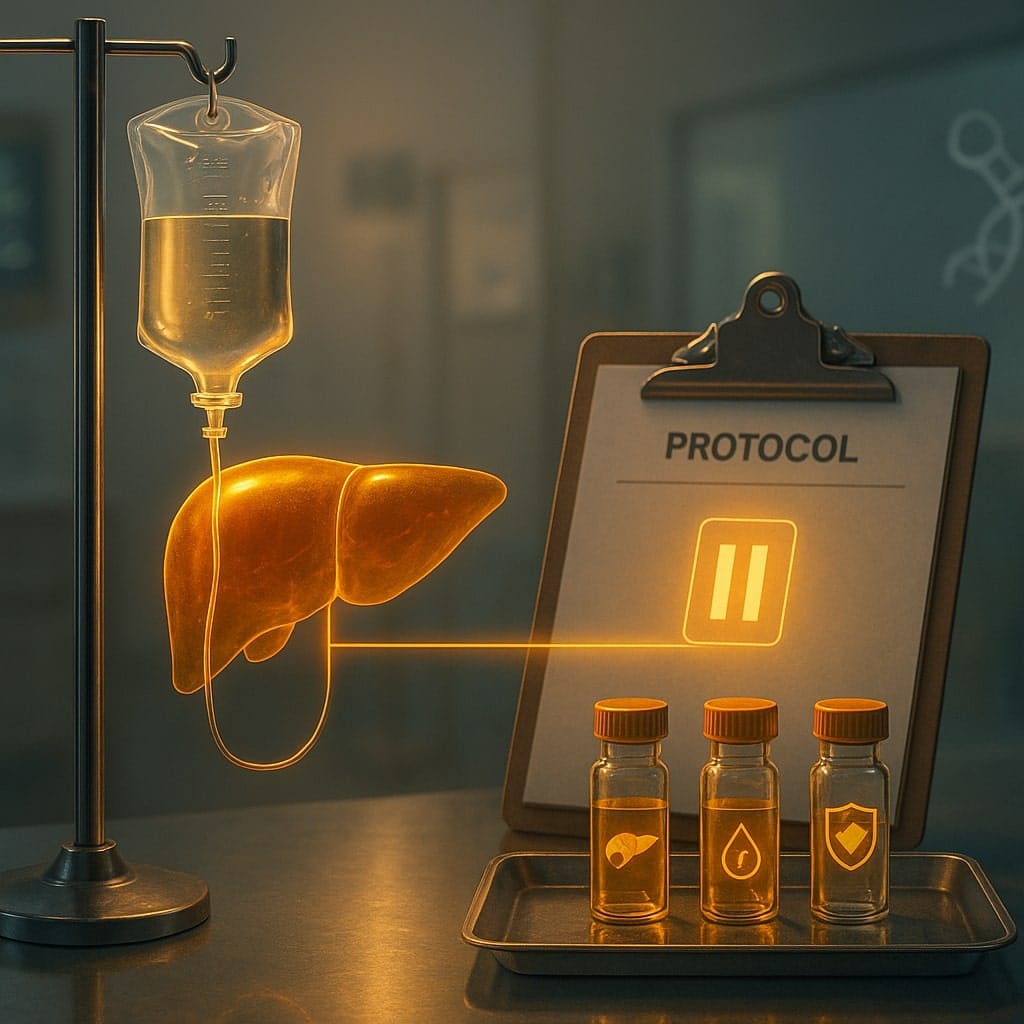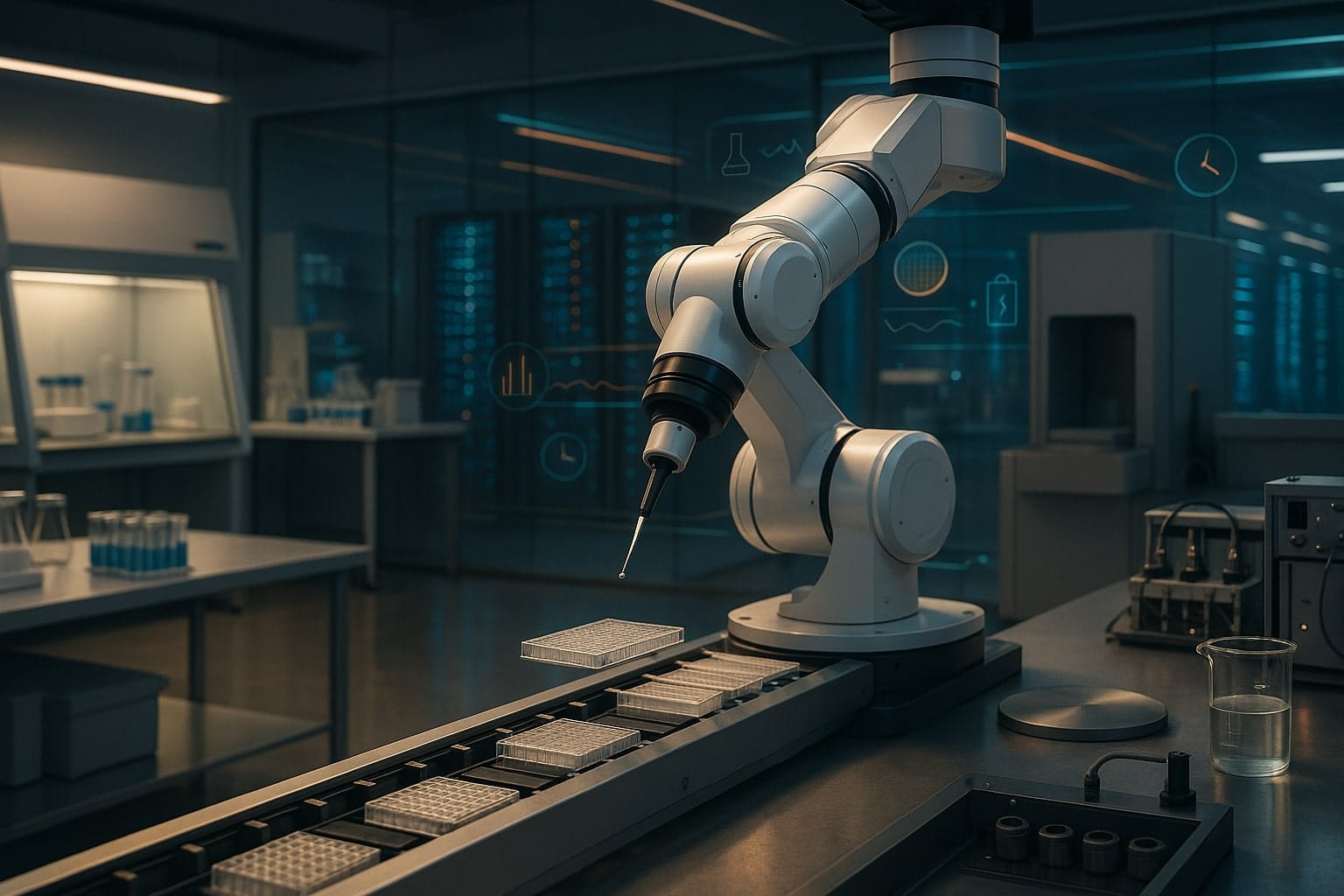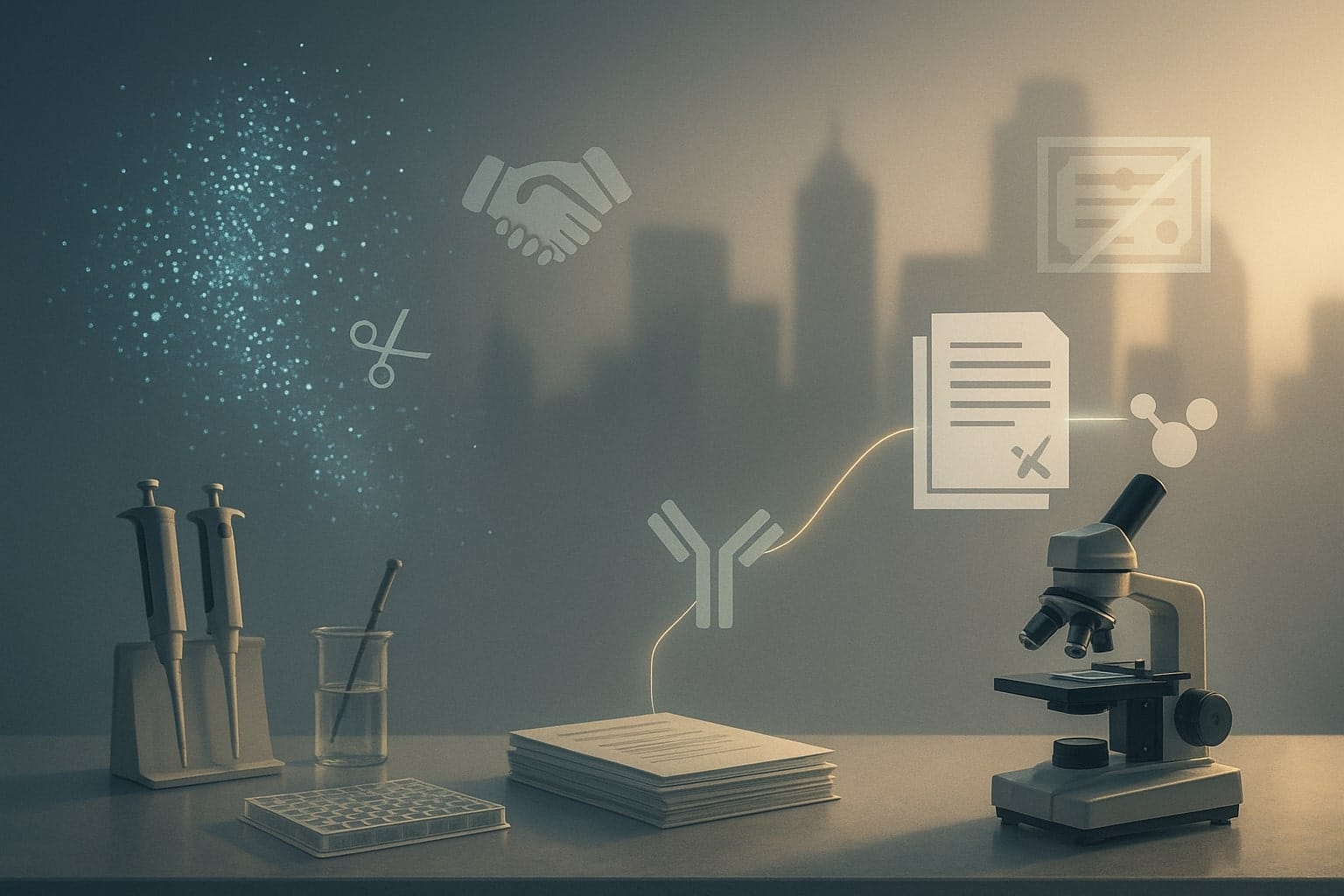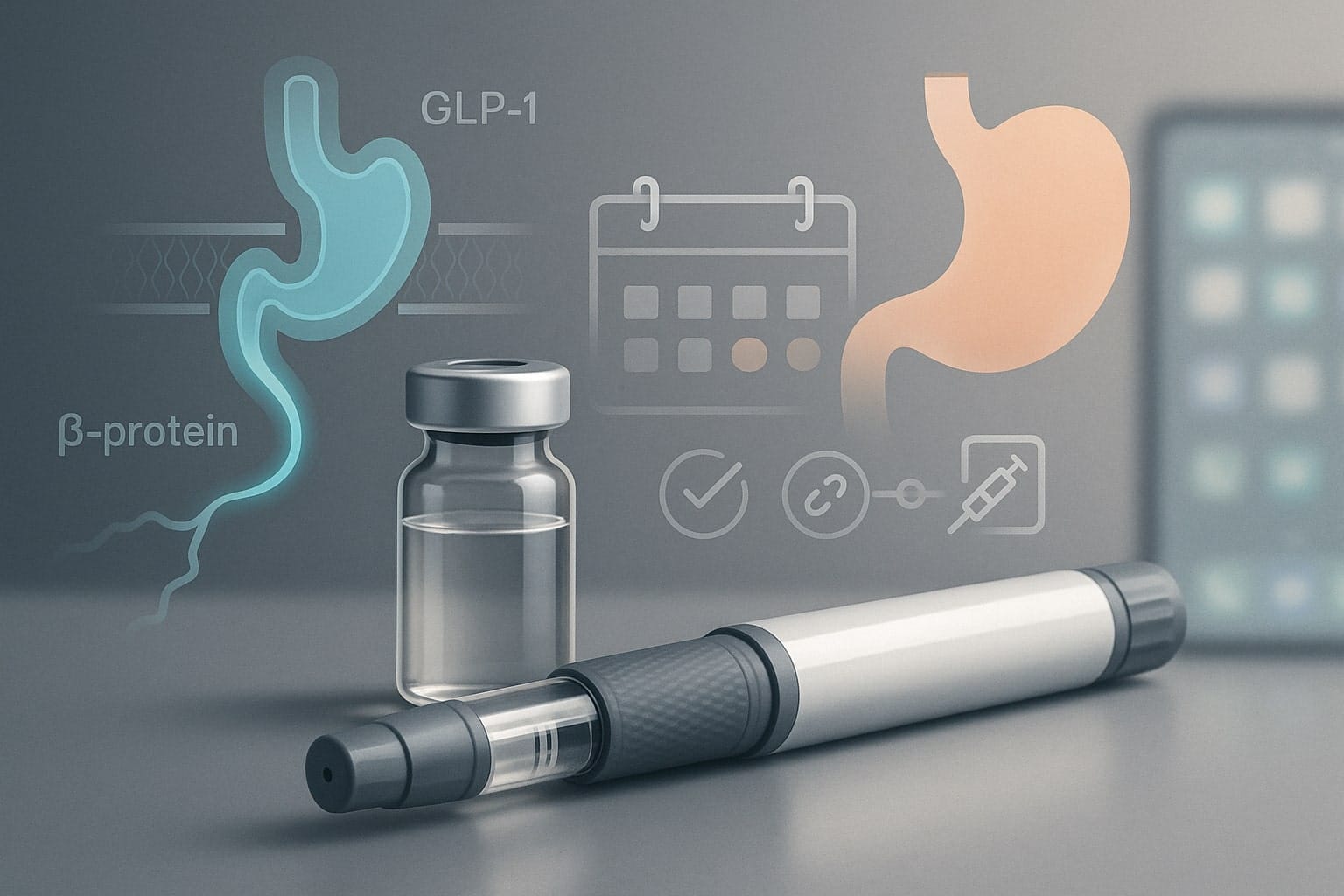Table of Contents
ToggleLayoffs Hit Biotech Hubs Hard
In labs from Boston’s Kendall Square to San Diego’s Torrey Pines Mesa, a wave of biotech layoffs is rippling through the workforce. What began as isolated cost-cutting at a few startups has swelled into a nationwide trend. In just the last quarter of 2024, over 6,000 biopharma employees were let go– part of an estimated 24,000 industry layoffs across 2024. Major biotech hubs are bearing the brunt. Massachusetts alone saw nearly 4,000 biotech jobs cut in 2023, and the new year has brought only a slight respite. “Hiring remains soft,” notes a recent Boston Globe report, with many companies still laying off workers (albeit at a slower pace than last year).
High-profile firms have not been spared. Cambridge, MA-based EQRx – a once-vaunted startup aiming to reinvent drug pricing – abruptly announced a “strategic reset” last year, laying off about 170 employees (over half its staff). The company slashed its pipeline to a single clinical program and later agreed to be acquired, effectively winding down its original mission. On the West Coast, San Diego’s Calidi Biotherapeutics has also been forced into belt-tightening mode amid funding woes, scrambling to raise a last-minute $7.5 million just to bolster its cash reserves. Even mid-sized players have hit turbulence: Bluebird Bio, a Somerville, MA gene therapy company once valued at $10 billion, nearly landed in bankruptcy before selling for less than $30 million in a fire sale. And these are not outliers – from Fate Therapeutics’ 315-person downsizing after a partnership fell through to smaller startups like Belharra Therapeutics cutting one-third of their staff to extend runway, the stories echo across the biotech landscape.

For employees and local economies, the immediate picture is painful. Lab benches sit suddenly empty, and record-high lab space is going unleased in biotech clusters (over 16 million square feet in the Boston area), a stark reminder of the recent boom that built more labs than companies now can fill. Yet, amid the distressing headlines, industry veterans caution against interpreting this downturn as a permanent decline. Biotech has always been a “highly risky and cyclical” business, prone to periods of exuberance followed by sobering pullbacks. The current wave of layoffs, they suggest, may be less a sign of collapse and more a rite of passage – part of a “biotech death-to-rebirth cycle” that, while brutal, ultimately spurs renewal.
Big Pharma’s Buying Spree Amid the Turmoil
If biotech were truly in freefall, one would expect investors and pharmaceutical giants to flee. Instead, the opposite is happening: Big Pharma is on a buying spree. Established drug companies see opportunity in the downturn and have opened their wallets to snap up innovative assets at bargain valuations. Biopharma M&A (mergers and acquisitions) roared back in 2023, with total deal value up roughly 79% over the prior year, reaching about $152 billion – the highest since 2019. In what had been a slow market for takeovers, a flurry of recent deals suggests that pharma executives are viewing this moment not as the end of biotech’s story, but as a chance to build for the future.
Several headline-grabbing acquisitions underscore this trend. In oncology, Pfizer made waves with its $43 billion purchase of Seagen, a leader in cancer therapies, marking one of the largest biotech buyouts in history. Not to be outdone, Merck & Co. struck a $10.2 billion deal for San Diego’s Prometheus Biosciences, betting on Prometheus’ promising immunology drugs. And in the neuroscience arena, Cambridge-based Karuna Therapeutics – a prominent Boston-area biotech – inked a $14 billion agreement to be acquired by Bristol Myers Squibb as it nears approval for a novel schizophrenia drug. These multi-billion dollar tie-ups aren’t just isolated blips; they represent a broader vote of confidence by incumbents. Pharma companies are effectively saying that biotech’s science is sound – so much so that they’re willing to spend big, even as layoffs mount elsewhere.
This consolidation has a silver lining for the industry’s talent pool. When a small biotech is acquired rather than shuttered, its projects (and often many of its people) can live on under a larger company’s umbrella. In some cases, struggling firms are opting for “reverse mergers” or acquisitions over outright liquidation, meaning their scientists and drug candidates get folded into another entity instead of disappearing. It’s a form of recycling born of necessity: as cash-strapped biotechs seek lifelines, larger players (or occasionally, investment groups) are happy to oblige if the price is right. The result is a kind of clearinghouse effect – weaker companies are absorbed, and the stronger or more innovative ideas find a way to survive, albeit under new ownership.

From ‘Death’ Comes Rebirth: A Cyclical Resilience
To the people living through it, a layoff feels anything but cyclical – it’s personal and immediate. But zoom out, and it becomes clearer that biotech has ridden out similar storms before. “The hangover can last longer than the party,” one analyst quipped of the post-pandemic slump, noting how the COVID boom in biotech funding and hiring led to a painful correction. The good news is that hangovers, by definition, do wear off. Even now, there are subtle signs that this battered industry is bottoming out and poised for its next upswing.
Consider the stock market’s view: The SPDR S&P Biotech Index (XBI), a bellwether for biotech stocks, fell over 60% from its 2021 peak during the recent bear market. By October 2023, it hit rock bottom around levels not seen in years. Since then, it has begun to climb back. By early 2024, the biotech index was up roughly 10% off its lows – not a roaring rally, but a notable stabilization. Venture capitalists, too, haven’t lost faith: more than $25 billion in fresh funds was raised by biotech-focused VC firms in 2024, giving them ample dry powder to invest in new startups and promising therapies. In other words, the money on the sidelines is slowly edging back in, and investors are positioning themselves for a potential rebound.
Industry insiders emphasize that what we’re seeing is an “equilibration phase” – a chance for the excesses of the boom to be corrected, after which the industry can build anew. Despite all the turmoil of the past two years, remarkably few biotech companies have actually vanished. According to an analysis by venture firm Atlas Venture, the total number of publicly traded biotech firms shrank by only about 4.5% between early 2022 and late 2023. Only 2% outright shut down during that span; many more found ways to merge or restructure instead of closing up shop. This mirrors past downturns – after the early-2000s genomics bust and the 2008 financial crisis, most biotechs ultimately weathered the storm, and the sector went on to reach new heights in subsequent years.
Crucially, the scientific engine driving biotech hasn’t stalled. Labs are still generating new discoveries, and breakthrough therapies continue to earn FDA approvals even in lean times. In January, for instance, Boston-based Vertex Pharmaceuticals won approval for a non-opioid painkiller – a notable win amid the gloom. It’s a reminder that innovation often keeps a steady beat beneath the industry’s financial ups and downs. “While the building blocks of science and company creation are strong,” says biotech investor Alexis Borisy, the sector just needs stable financing and policy environments to let those ideas flourish. His confidence is shared by many who see this dip as temporary. A recent annual report by Ernst & Young struck an upbeat note, arguing that with “innovation at a high and capital on the verge of potentially returning in plenty, the biotech sector is poised to not only survive but thrive” in the coming years.

A Painful Reset, But Not a Permanent Decline
None of this is to sugarcoat the difficulties. For the researchers, engineers, and other professionals who’ve lost jobs, the current biotech downturn is deeply unsettling. Some are leaving for more stable roles in academia or big pharma; others are taking on “fractional” executive gigs – part-time positions that were rare during the boom but have become common as companies try to save money. It may take time for the laid-off talent to be reabsorbed into new ventures or expanding teams. Yet, the very fact that so much highly skilled talent is now on the market could sow the seeds for biotech’s next chapter. History shows that after a shakeout, alumni of defunct startups often go on to launch new companies, sometimes transferring lessons learned from past failures into future success.
So, is this wave of layoffs a sign of biotech’s undoing or a prelude to its renewal? The evidence leans toward the latter. Big pharma’s shopping binge suggests they believe valuable innovations are there for the taking, not that the well of ideas has run dry. Investors are cautiously wading back, encouraged by stabilizing stock indices and the simple truth that unmet medical needs aren’t going away. From cancer to rare diseases, scientific progress continues – and where there is breakthrough science, there is potential for business resurgence.
Biotech has always been an industry of steep peaks and valleys. The past few years delivered a vertiginous climb followed by a gut-wrenching drop. Now, as the sector finds its footing again, there’s a sense that we are at an inflection point of a familiar cycle. It’s a “death-to-rebirth” loop: exuberance gives way to retrenchment; weaker players fall, stronger ones adapt, and entirely new entrants emerge from the rubble. In the midst of the current rough patch, it’s hard to see the outlines of the next boom – but make no mistake, the groundwork for the next ascent is already being laid. As one biotech analyst put it, the key is to remember that “we were down but never out”. The layoffs and consolidations of today could well be the incubation of tomorrow’s breakthroughs. In biotech, rebirth is the flip side of collapse, and the industry has a habit of turning its darkest moments into the dawn of another innovation cycle.












